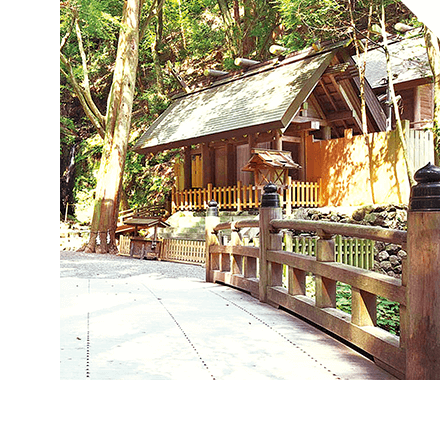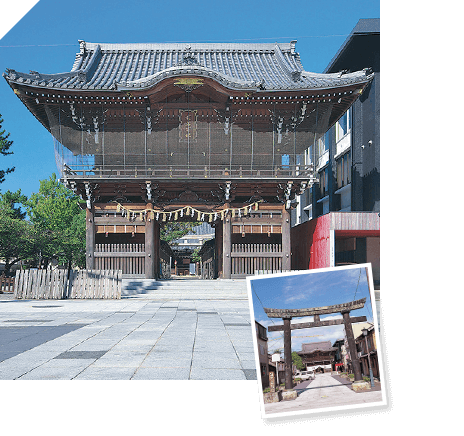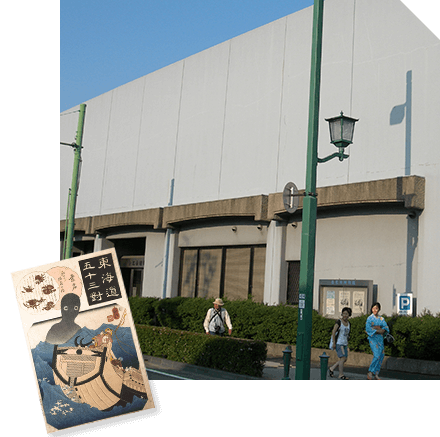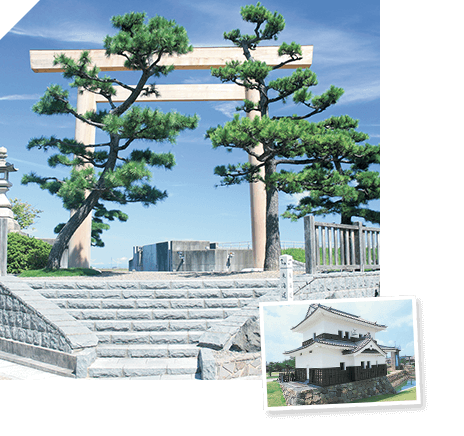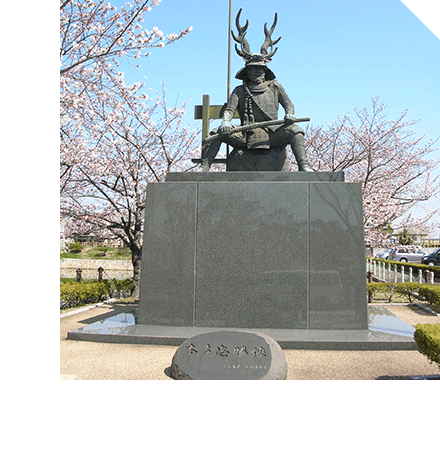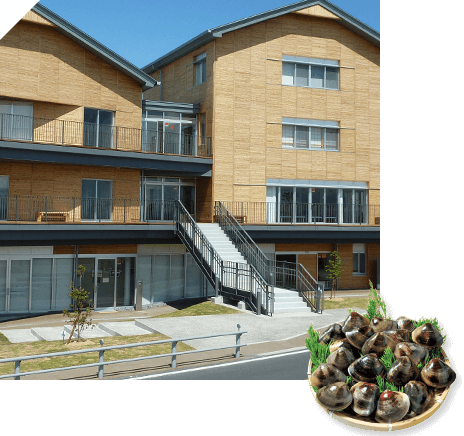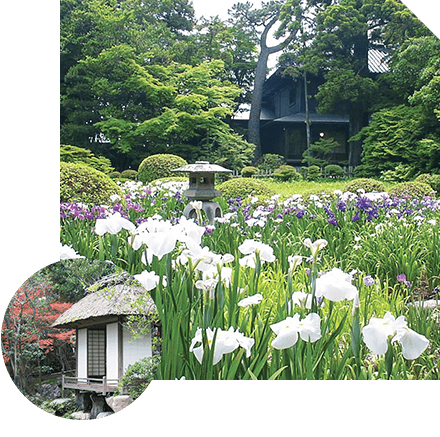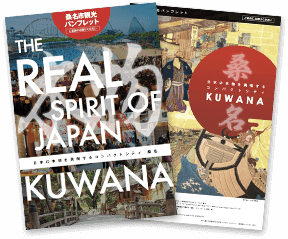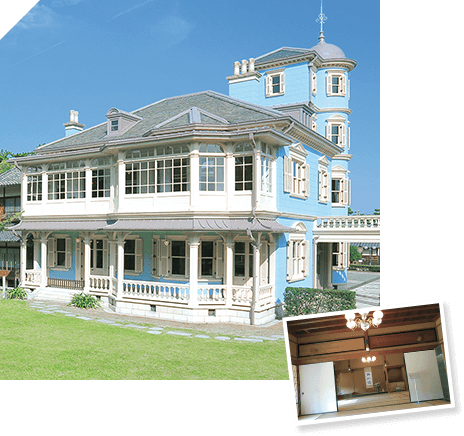
- “Rokkaen”
- Completed in 1913, Rokkaen was built by Englishman Josiah Conder, the architect of the diplomatic hub known as Rokumeikan in Tokyo. The main structure is a two story wooden European style building, attached to a four story tower. The European section of the house leads elegantly into the Japanese portion, displaying a harmonious mix of East and West. Rokkaen is surrounded by a renowned pleasure garden. It is a designated important cultural property.













